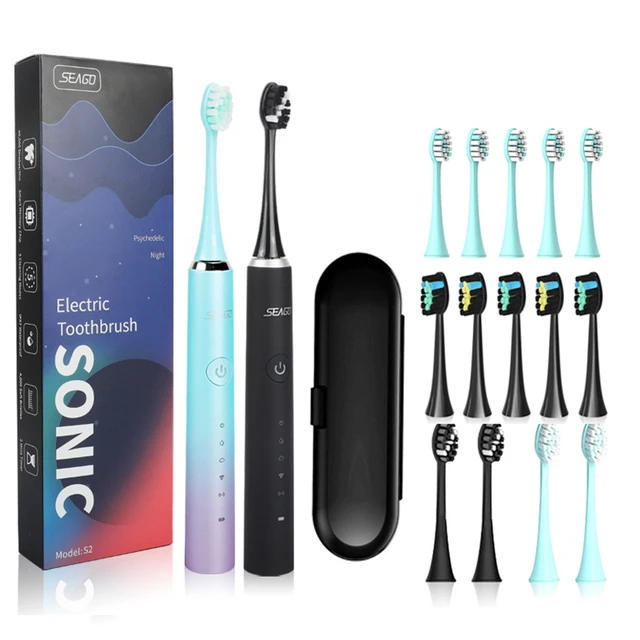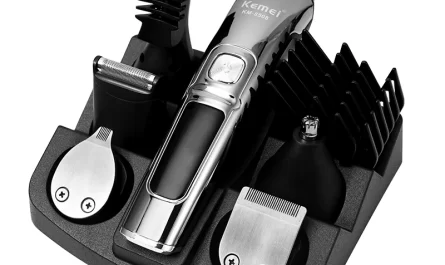Introduction
Maintaining good oral hygiene is crucial for overall health, especially during the COVID-19 pandemic. As the virus can linger on surfaces, including toothbrush bristles, it is important to understand when to change your toothbrush to minimize the risk of reinfection or transmission. In this comprehensive guide, we will explore the recommended guidelines for changing toothbrushes after COVID-19 and provide specific information on maintaining oral hygiene during this challenging time. From understanding the virus’s lifespan on surfaces to proper toothbrush care and replacement, we will cover all the necessary details to help you ensure optimal oral health and reduce the risk of COVID-19 transmission.
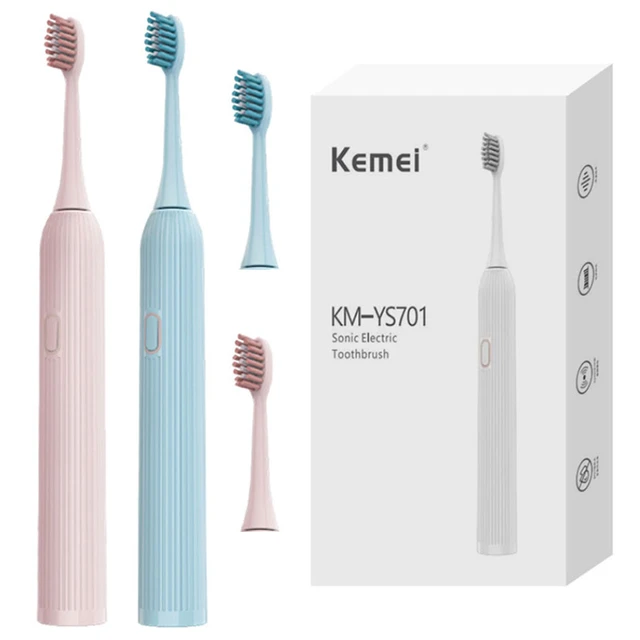
Maintaining Oral Hygiene After COVID-19: When to Change Your Toothbrush
I. Understanding COVID-19 and Surface Contamination
-
The Lifespan of COVID-19 on Surfaces:
- Studies suggest that the coronavirus can survive on certain surfaces, including plastic, for several hours to a few days. While the exact survival time can vary depending on environmental conditions, it is crucial to follow hygiene practices to minimize the risk of viral transmission.
-
Importance of Oral Hygiene:
- Maintaining good oral hygiene is always important, but it becomes even more critical during the COVID-19 pandemic. Oral health affects overall health, and a healthy mouth can help reduce the risk of respiratory infections and other diseases.
II. General Toothbrush Care Guidelines
-
Proper Toothbrush Cleaning:
- Rinse your toothbrush thoroughly with tap water after each use to remove any residual toothpaste and debris. Store the toothbrush in an upright position to allow it to air dry.
-
Avoid Sharing Toothbrushes:
- It is essential for each individual to have their own toothbrush to prevent the spread of bacteria and potential infections. Sharing toothbrushes increases the risk of cross-contamination.
-
Keep Toothbrushes Separate:
- Ensure that each toothbrush is stored separately to avoid contact and potential transfer of bacteria. Use toothbrush holders or individual slots in a holder to maintain proper separation.
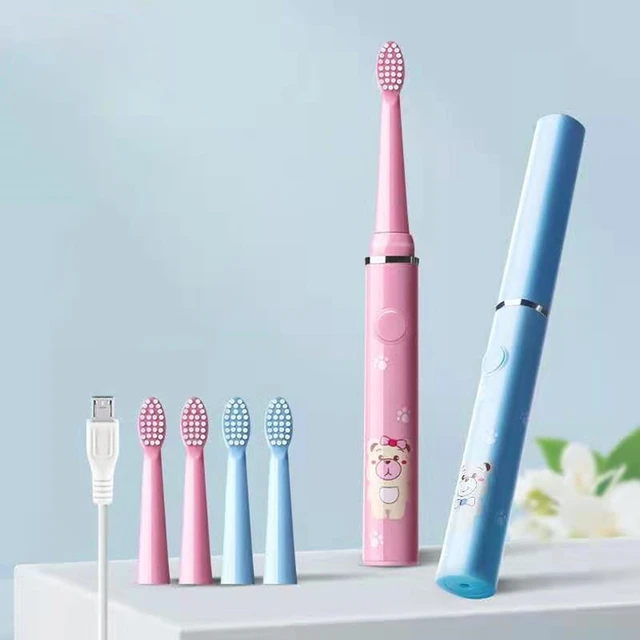
III. When to Change Your Toothbrush After COVID-19
-
Following a Positive COVID-19 Diagnosis:
- If you have tested positive for COVID-19, it is advised to change your toothbrush once you have recovered. This precaution helps minimize the risk of reinfection.
-
Quarantine Period:
- As the quarantine period for COVID-19 generally ranges from 10 to 14 days, it is recommended to change your toothbrush at the end of your quarantine or isolation period. This further reduces the risk of reinfection or transmission.
IV. Extra Precautions for Vulnerable Individuals
-
Immunocompromised Individuals:
- For individuals with compromised immune systems, such as those undergoing treatment or living with chronic illnesses, it may be beneficial to change the toothbrush more frequently, as they may be more susceptible to infections.
-
High-Risk Individuals:
- High-risk individuals, such as the elderly or those with pre-existing health conditions, should exercise extra caution. Changing the toothbrush more frequently can help minimize potential risks.
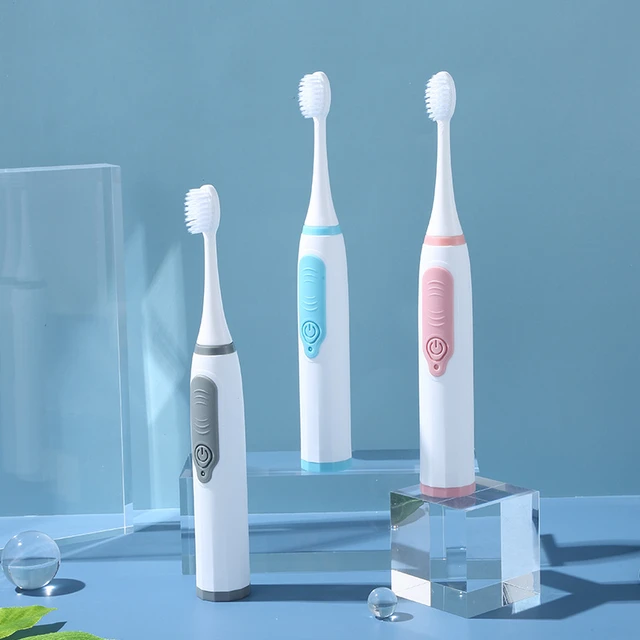
V. Toothbrush Replacement Guidelines
-
Regular Toothbrush Replacement:
- As a general rule of thumb, it is recommended to replace your toothbrush every three to four months, or sooner if the bristles become frayed or worn. Regular replacement ensures effective cleaning and prevents bacterial buildup.
-
Extra Toothbrushes for Emergency Situations:
- During the COVID-19 pandemic, it is advisable to keep extra toothbrushes on hand for emergency situations or instances when someone in your household becomes ill. This way, you can quickly replace toothbrushes to maintain proper hygiene.
VI. Maximizing Toothbrush Hygiene
-
Sanitizing Your Toothbrush Holder:
- Regularly clean and sanitize your toothbrush holder to eliminate any potential bacteria or viruses. Wash the holder with warm, soapy water, rinse thoroughly, and allow it to dry completely before placing toothbrushes back in the holder.
-
Storing Toothbrushes Properly:
- Ensure your toothbrush is stored in a clean, dry area that is away from the toilet and sink. Direct contact with contaminated surfaces or water can introduce bacteria and compromise your oral health.
-
Consider Antibacterial Mouthwash Rinse:
- Using an antibacterial mouthwash rinse before and after brushing can help eliminate bacteria from the mouth. This can be an additional precautionary step to reduce potential oral infections.
VII. Seeking Professional Guidance
-
Consult Your Dentist or Oral Healthcare Provider:
- For personalized guidance, it is recommended to consult your dentist or oral healthcare provider. They can provide individualized recommendations based on your oral health history, current conditions, and the COVID-19 situation in your area.
-
Virtual Consultations:
- Many dental professionals offer virtual consultations to address concerns and provide guidance during the pandemic. This way, you can receive professional advice without visiting the dental office in person.

Additional Tips for Oral Hygiene During COVID-19
-
Regular Brushing and Flossing:
- Maintain a consistent oral hygiene routine by brushing your teeth at least twice a day and flossing daily. This helps remove plaque and bacteria from your teeth and gums, reducing the risk of dental issues.
-
Mouthwash Use:
- Consider incorporating an antimicrobial mouthwash into your daily routine. Look for mouthwashes that contain ingredients such as chlorhexidine or hydrogen peroxide, as they can help kill bacteria and reduce inflammation in the mouth.
-
Gentle Brushing Technique:
- Use a soft-bristled toothbrush and a gentle brushing technique to prevent gum damage. Brush in circular motions and pay attention to brushing along the gumline to remove plaque and debris effectively.
-
Tongue Cleaning:
- Don’t forget to clean your tongue regularly. Bacteria can accumulate on the surface of the tongue, leading to bad breath and oral health problems. Use a tongue scraper or your toothbrush to gently clean your tongue.
-
Stay Hydrated:
- Drinking enough water throughout the day helps maintain saliva production, which plays a crucial role in oral health. Saliva helps neutralize acids, wash away food particles, and protect against tooth decay.

VIII. Conclusion: Prioritizing Oral Hygiene during COVID-19
Maintaining optimal oral hygiene is crucial, especially during the COVID-19 pandemic. By adhering to general toothbrush care guidelines, following specific recommendations for changing toothbrushes after COVID-19, and seeking professional guidance when needed, you can ensure good oral health and minimize the risk of infection or transmission.
Remember, although changing your toothbrush is a proactive measure, it is still important to practice other precautionary measures such as frequent handwashing, wearing masks, and maintaining social distancing to reduce the risk of COVID-19 transmission. Stay informed, follow guidelines from trusted healthcare sources, and prioritize oral hygiene to protect your overall well-being during these challenging times.

